6. Carandiru (2003)
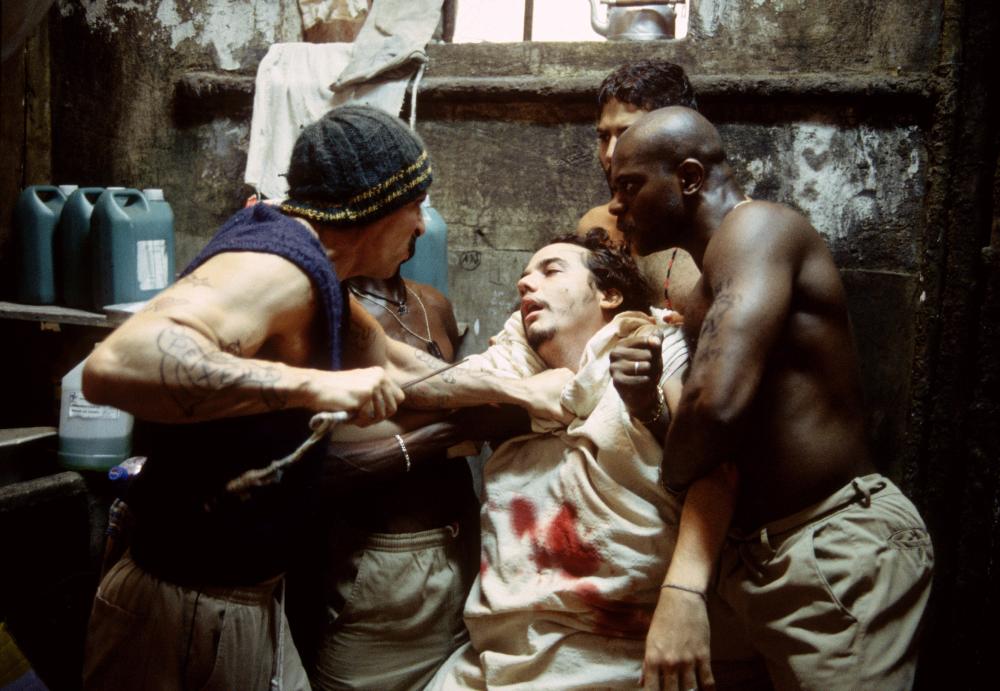
In 1992, nearly 120 inmates at Carandiru Penitentiary in Brazil were killed when police stepped in to take control of a massive riot. Hector Babenco’s stunning masterpiece Carandiru focuses on the days and weeks preceding this riot, and the lives of the prisoners involved; it’s an epic, sprawling film, densely layered and overflowing with colorful characters.
The primary figure in Carandiru is a newly hired doctor, aghast at the deplorable conditions of the prison and left with few resources to assist a massive population of ailing criminals. He acts as a sort of sounding board for the inmates, and the stories they tell are fascinating, heartbreaking, sometimes hilarious and frequently shocking.
We experience the hellish reality of a filthy concrete rectangle with 8,000 lost souls crammed inside (twice its capacity), get an idea of what led many of those souls there, then witness it all explode in a firestorm of rage and bullets. Babenco (Pixote) shot the film on location at Carandiru (less than a year before the massive structure was torn down for good) and used many actual prisoners as actors; Carandiru sports a realism that most filmmakers could only dream of.
7. Memories of Murder (2003)
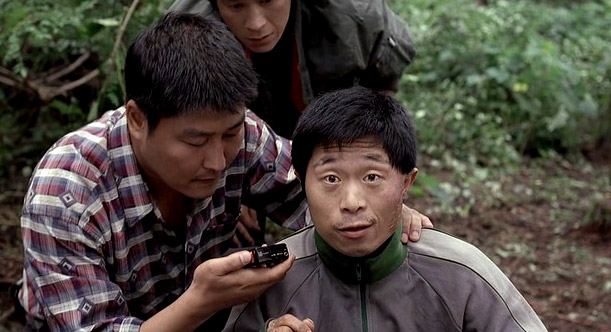
Bong Joon-Ho’s Memories of Murder is based on the first-ever Korean serial killer case, which remains unsolved to this day. It’s a historical crime film, a murder mystery and, more importantly, the story of two detectives woefully unequipped to deal with such a lethal force in their midst.
Between 1986 and 1991 in the South Korean city of Hwaseong, multiple young women were killed – all of them wearing red, the murders occurring only on rainy evenings. Memories of Murder revolves around a small team of detectives who tried so solve the case, their unorthodox (sometimes immoral) methods, and the emotional strain involved.
It’s a surprisingly funny film with a well-earned sense of humor, one that evolves naturally from the situations, but it’s also nerve-wracking, tense, and brutally honest, with wonderful acting from all involved (co-lead Song Kang-Ho, a regular in the work of Bong Joon-Ho, is one of the best actors working today).
Every turn of the investigation proves more fascinating than the one that preceded it and, despite the fact that we know how this story ends, each new plot revelation lands with a resounding impact. A long, dense movie rich with details, Memories of Murder never overstays its welcome, and couldn’t leave the viewer wanting anything more.
8. The Hillside Strangler (2004)
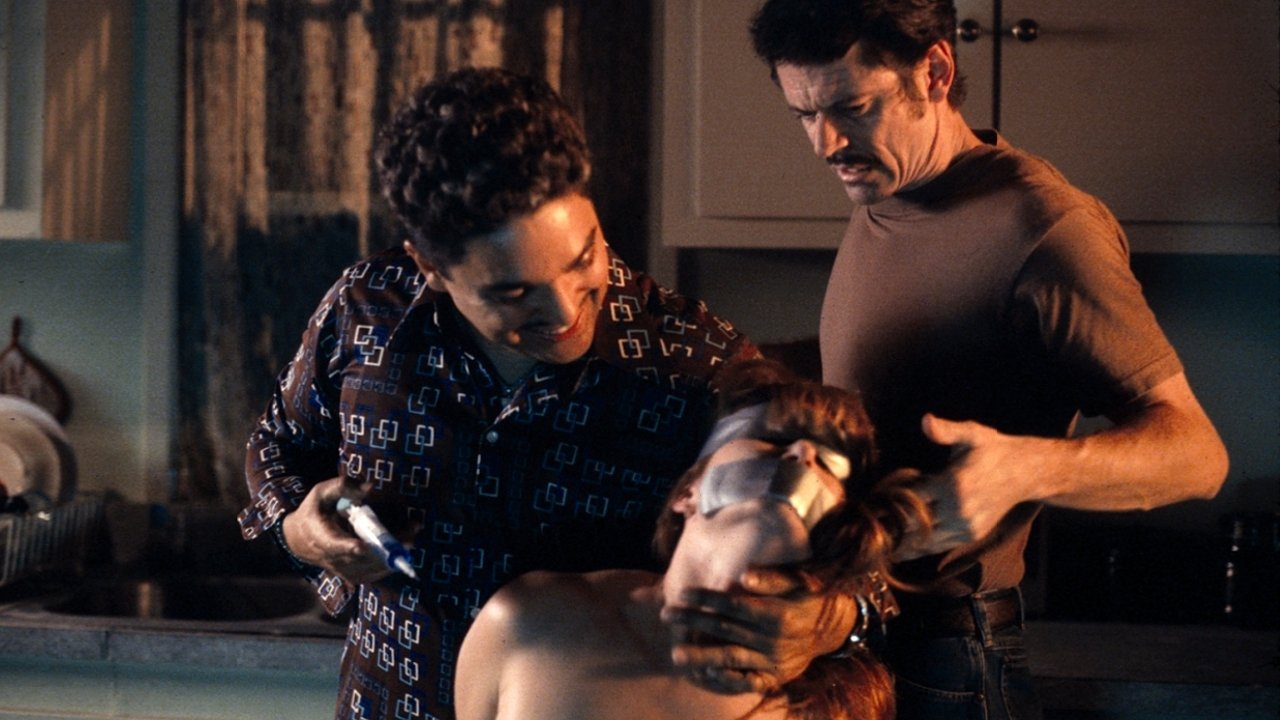
Yet another quality film that was unceremoniously dumped straight into the cutoff bin at Blockbuster Video, Chuck Parello’s The Hillside Stranglers provides a glimpse into the lives of Kenny Bianchi and Angelo Buono, cousins who held Los Angeles in a grip of fear for several years during the 1970’s.
Parello had previously handled directorial duties on Ed Gein (a mediocre film starring Steve Railsback) and the not-bad sequel to Henry: Portrait of a Serial Killer, entitled Mask of Sanity, so he was working in familiar territory when going in to tackle the story of Bianchi and Buono; this awareness of the genre lent itself to vivid period details and an admirable adherence to the facts.
C. Thomas Howell creates a totally believable Kenny, weak-willed and without an honest bone in his body, and Nicholas Turturro (brother of John) perfectly matches him as the sleazy, confident Angelo – these were two starkly contrasting personalities that formed a lethal combination, and it makes for very compelling drama.
Hillside is a film that rests on its performances, and the two leads bravely carry the picture along with a solid supporting cast. Veteran character actor Lin Shaye makes a brief appearance as Buono’s mother (sharing a chilling true story about her repulsive son) and it’s a real showstopper; this five minute scene set around a dinner table is masterful and nicely encapsulates the finer qualities of The Hillside Stranglers. It’s an unflinching portrait of malevolence that spares few details and pulls no punches.
9. Snowtown (2012)
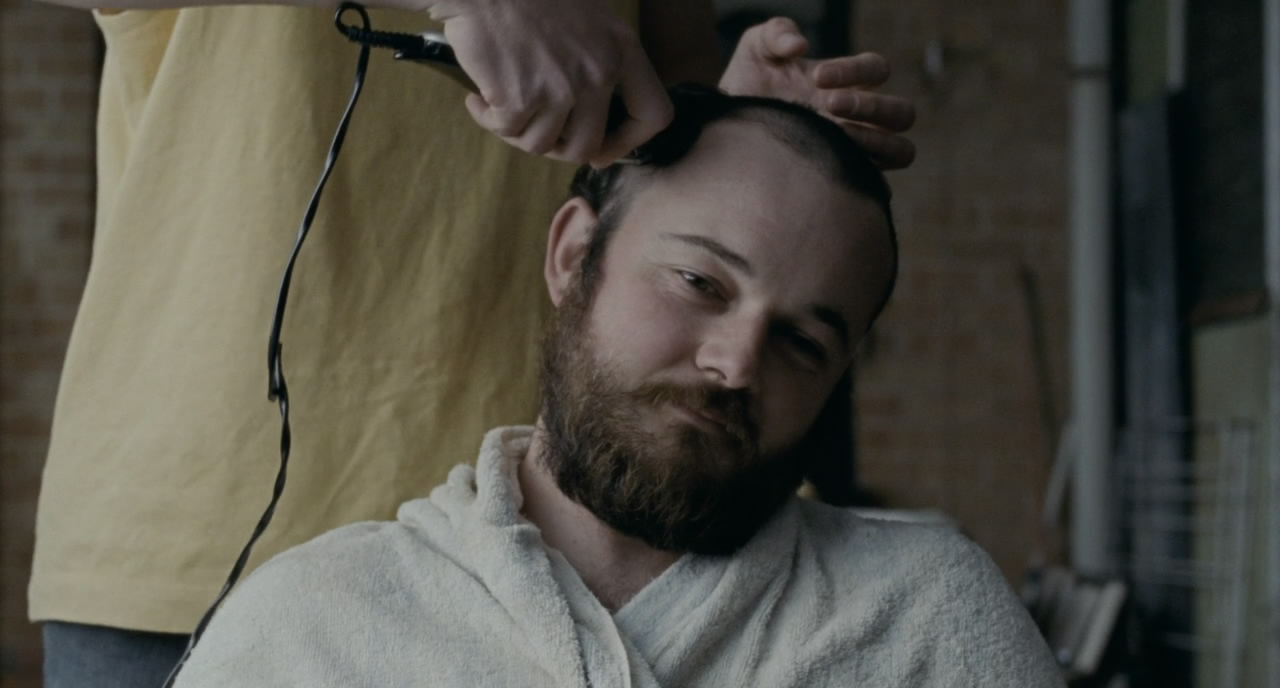
Snowtown is possibly the most disturbing film to appear on this list. Based on the case of Australian serial killer John Bunting, it’s feels more like an unearthed artifact than a film. Bunting was a strong, charismatic man who positioned himself as the surrogate father of an impoverished family in a dilapidated Australian suburb. As his hold over the clan gradually strengthened, his murderous tendencies emerged.
The case depicted here is a chilling example of the power and influence a confident, well-spoken individual can wield over a weakened family. Stunning location photography reveals a rusted, washed-out slum, not unlike an American trailer park; the lost souls who inhabit Snowtown are vacant, beaten, and ripe for manipulation. Impeccably performed by the entire cast, Snowtown is a difficult picture, elliptical and incredibly violent.
It tells its story in an unusual fashion, doesn’t follow the rhythms and beats we’re used to, and offers a slew of pleasures for followers of crime cinema. Director Justin Kurzel’s technique is steady and confident, and the score (by Kurzel’s brother, Jed) is refreshingly minimal, haunting. A real achievement that, as of this writing, is still available on U.S. Netflix.
10. Rillington Place (2016)
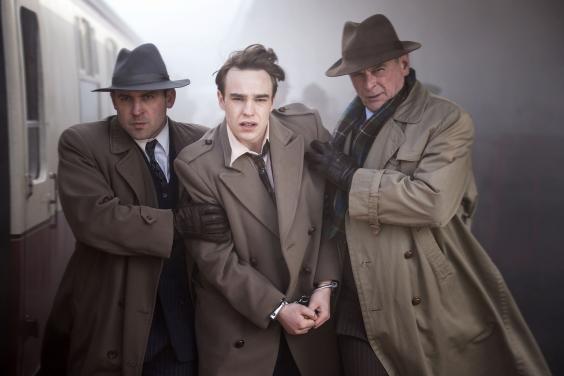
John Reginald Christie was a habitual liar, an abusive husband, and a cold, efficient killer; his crimes sent a shock wave through the United Kingdom in the 40’s and 50’s, and became the subject of Richard Fleischer’s excellent film 10 Rillington Place (1971). Just last year, the BBC commissioned a three-part, six-hour series based on the Christie story, simply titled Rillington Place; from the outset it surpasses the Fleischer film (no small feat) and seats itself alongside the best examples of the genre.
Christie murdered at least eight people, strangling all of them and burying the bodies beneath his low-income flat in Notting Hill, London. Two of his victims were the wife and child of a downstairs neighbor, Timothy Evans; astoundingly, he was able to convince authorities that the dimwitted Evans was responsible for these murders, and Evans was subsequently sentenced to die by hanging.
Rillington Place is separated into three portions – the first focuses on Christie’s wife, Ethel, brilliantly portrayed by Samantha Morton as a loyal, malleable woman who has accepted her pairing with a horrible monster. The second section moves on to Tim, the put-upon neighbor, and the final portion of the film focuses on John Christie himself.
Tim Roth plays Christie as the ultimate embodiment of cold, callous evil. You get a sense of total vacancy behind his eyes – Roth 100% nails it. It’s one of the strongest portrayals of unfeeling cruelty ever filmed.
Rillington Place is a difficult watch (the dwelling that Christie and his wife occupy is the literal definition of depressing), dealing with extraordinarily harsh subject matter in a frank and honest fashion; despite this, the six-hour running time flies by like a dream (more like a nightmare). Essential viewing.
Author Bio: Derich Heath is a writer, filmmaker, and musician living in Los Angeles. He has made a documentary on the making of Prom Night II and is currently in post-production on his debut feature, Night Owls.